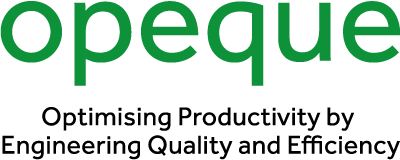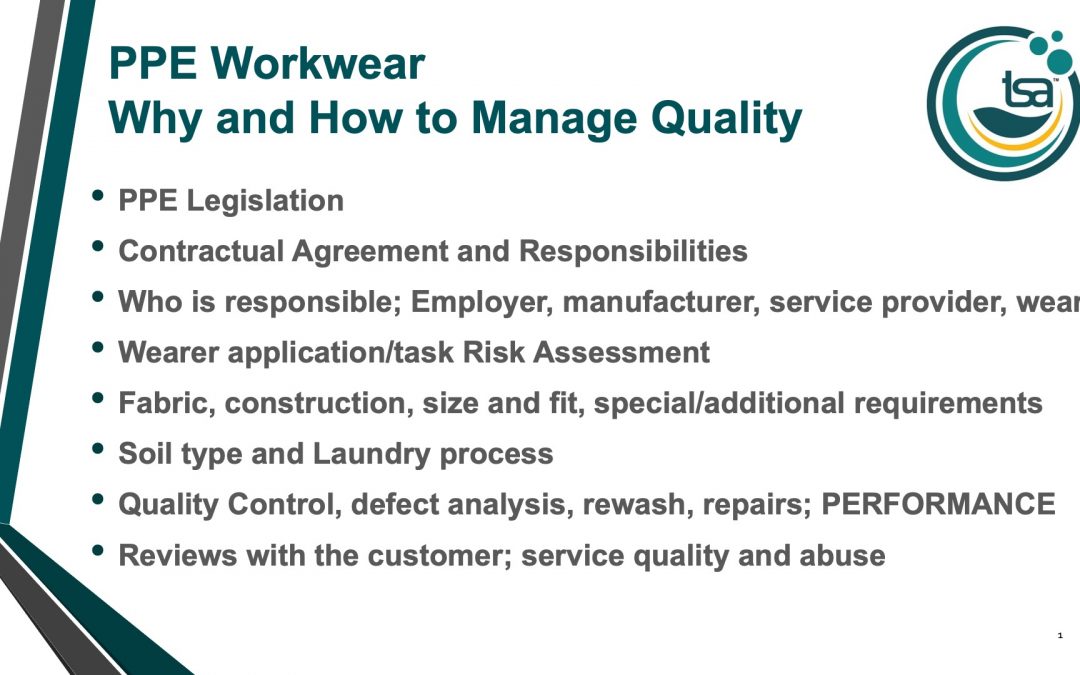This powerpoint presentation was produced by Opeque and made available to TSA members and the industry in general.
Download Powerpoint Presentation here
There are full and detailed guidelines available from Opeque and the TSA.
European health and safety legislation on PPE changed in 2018. The new Regulation, which replaced the 25-year-old Directive, reflects modern ways of bringing PPE to the market as well as changes in technology and production techniques.
The draft text for the new Regulation (EU) 2016/425 was approved by the EU and became official on publication in the OJ (the Official journal of the European Union) on 31 March 2016. The Regulation became law on 21 April, leading directly to all member states having to adopt the legislation.
Full enforcement took place in April 2018, repealing the old PPE Directive 89/686/EEC after a two-year transition period. From that date, all personal protective equipment had to be certified to the new Regulation.
The Regulation directly affects importers, distributors and retailers, who now have to share responsibility for providing safe and effective products with manufacturers. Anyone in the PPE industry is now legally required to comply with the Regulation.
The rebranding of the PPE Directive as a Regulation was a significant alteration. A ‘Regulation’ is a binding legislative act. It must be applied in its entirety across the EU, whereas a ‘Directive’ is a legislative act that sets out a goal that all EU countries must achieve. In the past it was up to individual countries to decide how they did this.
Making the legislation international, and thus ensuring all Europeans get safer PPE, is the chief reason the EU has made this change from a Directive to a Regulation.
All organisations involved with the production, importation, supply, distribution, marketing and sale of PPE will have the same responsibilities as the manufacturer, including getting product approval, making sure it conforms to the Regulation and keeping technical files and records. This will level the playing field between manufacturers and importers, and mean that fewer low-specification and counterfeit products will get into the EU marketplace.
The impact of Brexit has not in any way affected the performance criteria of the regulations, but the marking requirement has changed to reflect the new UKCA marking system.
This link provides greater detail;

